Services

Abdominal Ultrasound
An abdominal ultrasound uses high-frequency sound waves to create images of internal organs like the liver, gallbladder, kidneys, and pancreas, helping diagnose conditions such as stones, inflammation, or tumors.
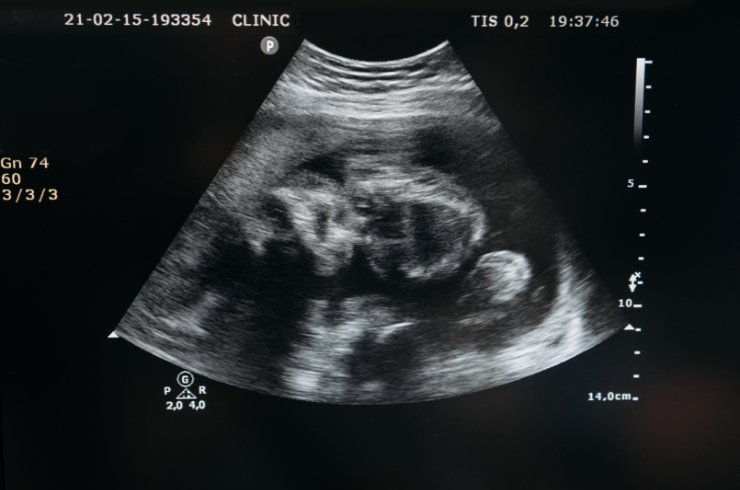
Obstetric Ultrasound
Obstetric ultrasound monitors the development of a fetus during pregnancy. It helps assess fetal growth, determine gestational age, check for birth defects, and evaluate placental health and amniotic fluid levels.
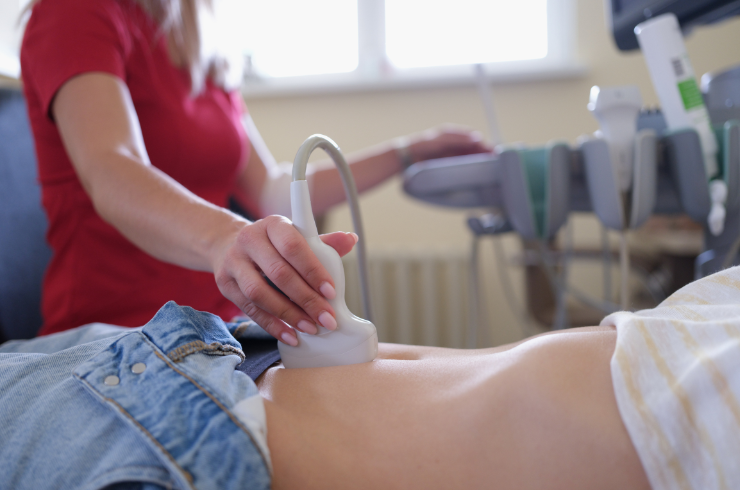
Pelvic Ultrasound
Pelvic ultrasound visualizes organs in the pelvic region, such as the bladder, uterus, ovaries, and prostate. It helps diagnose conditions like cysts, fibroids, infections, certain cancers, and structural abnormalities or inflammation.

Musculoskeletal Ultrasound
Musculoskeletal ultrasound uses sound waves to visualize muscles, tendons, ligaments, and joints. It's used for diagnosing injuries, inflammation, tears, or degenerative conditions like arthritis, providing real-time imaging for guided treatment.

Doppler Ultrasound
Doppler ultrasound measures blood flow and the movement of blood through vessels. It is used to assess circulation, detect blockages, and evaluate conditions like deep vein thrombosis, arterial disease, or heart problems.
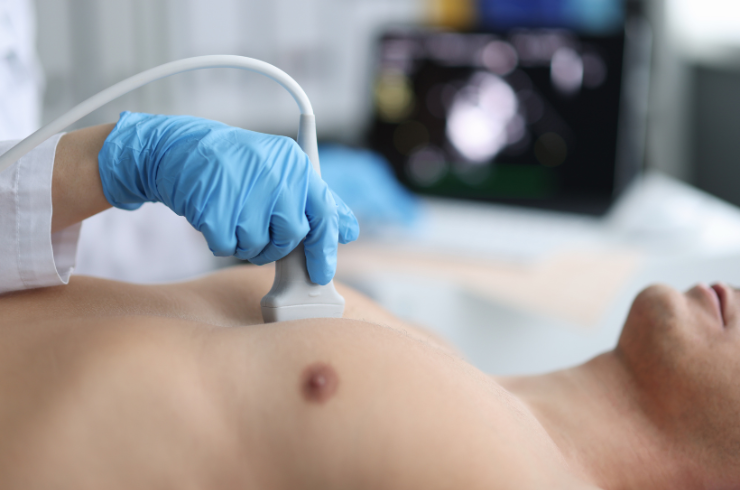
Echocardiography
Echocardiography is an ultrasound used to visualize the heart's chambers, valves, and blood flow. It helps diagnose heart diseases, such as valve disorders, heart failure, congenital heart defects, and pericardial effusion.

Dental X-Ray
Dental X-rays capture detailed images of teeth, gums, and jaw structures. They help detect cavities, infections, bone loss, abscesses, and other dental problems, enabling early treatment and effective care planning.
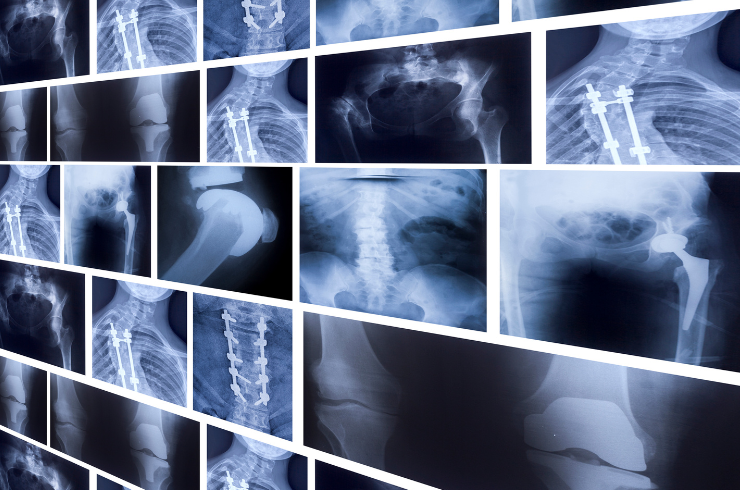
X-Ray Imaging
X-ray imaging uses radiation to produce images of bones and soft tissues. It's commonly used to diagnose fractures, infections, tumors, and lung conditions by visualizing internal structures in a quick, non-invasive manner.
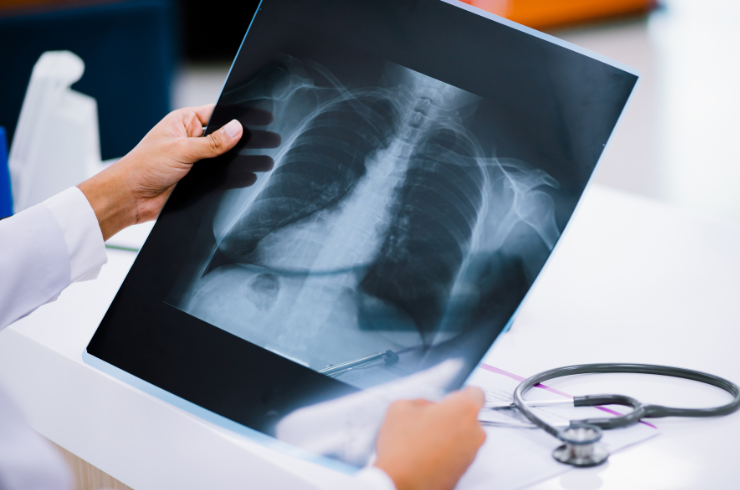
Chest X-Ray
Chest X-ray provides detailed images of the lungs, heart, and chest wall. It helps diagnose conditions like pneumonia, tuberculosis, heart failure, lung cancer, or broken ribs, aiding in respiratory and cardiac evaluations.
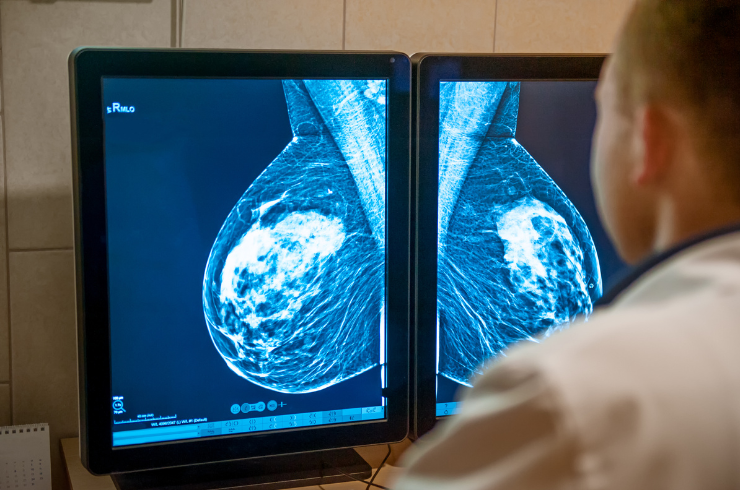
Mammography
Mammography is an X-ray technique used for breast cancer screening. It creates detailed images of breast tissue to detect abnormalities like lumps, cysts, and tumors, often before they can be felt physically.

Thyroid Ultrasound
Thyroid ultrasound uses sound waves to examine the thyroid gland. It helps detect nodules, cysts, or tumors, and is crucial for evaluating conditions like hypothyroidism, hyperthyroidism, and thyroid cancer.
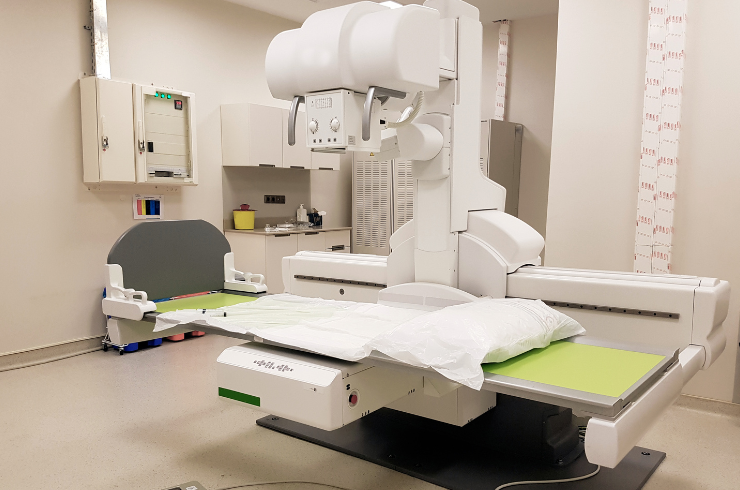
Fluoroscopy
Fluoroscopy is an imaging technique that provides real-time moving X-ray images. It is often used during procedures like catheter placement, barium studies, joint injections, and for guiding surgeries or diagnostic tests.
